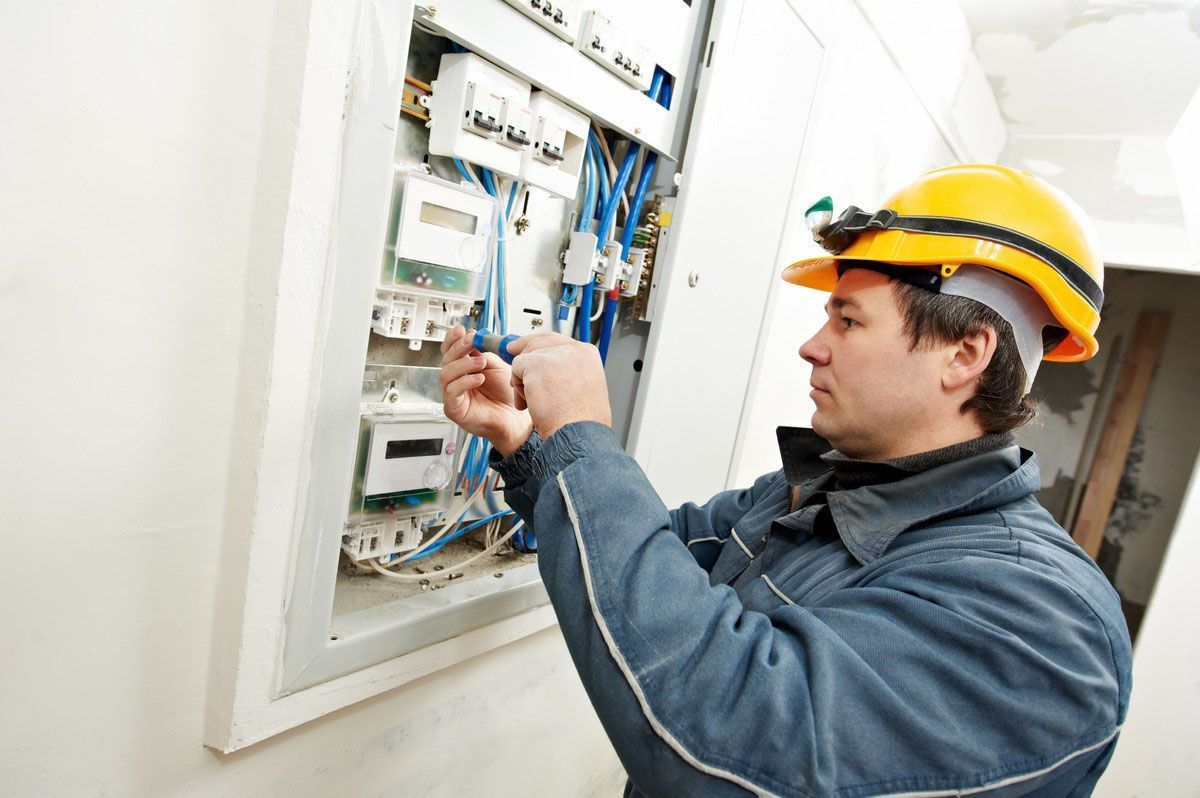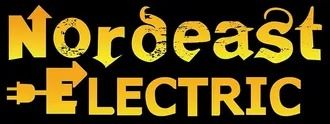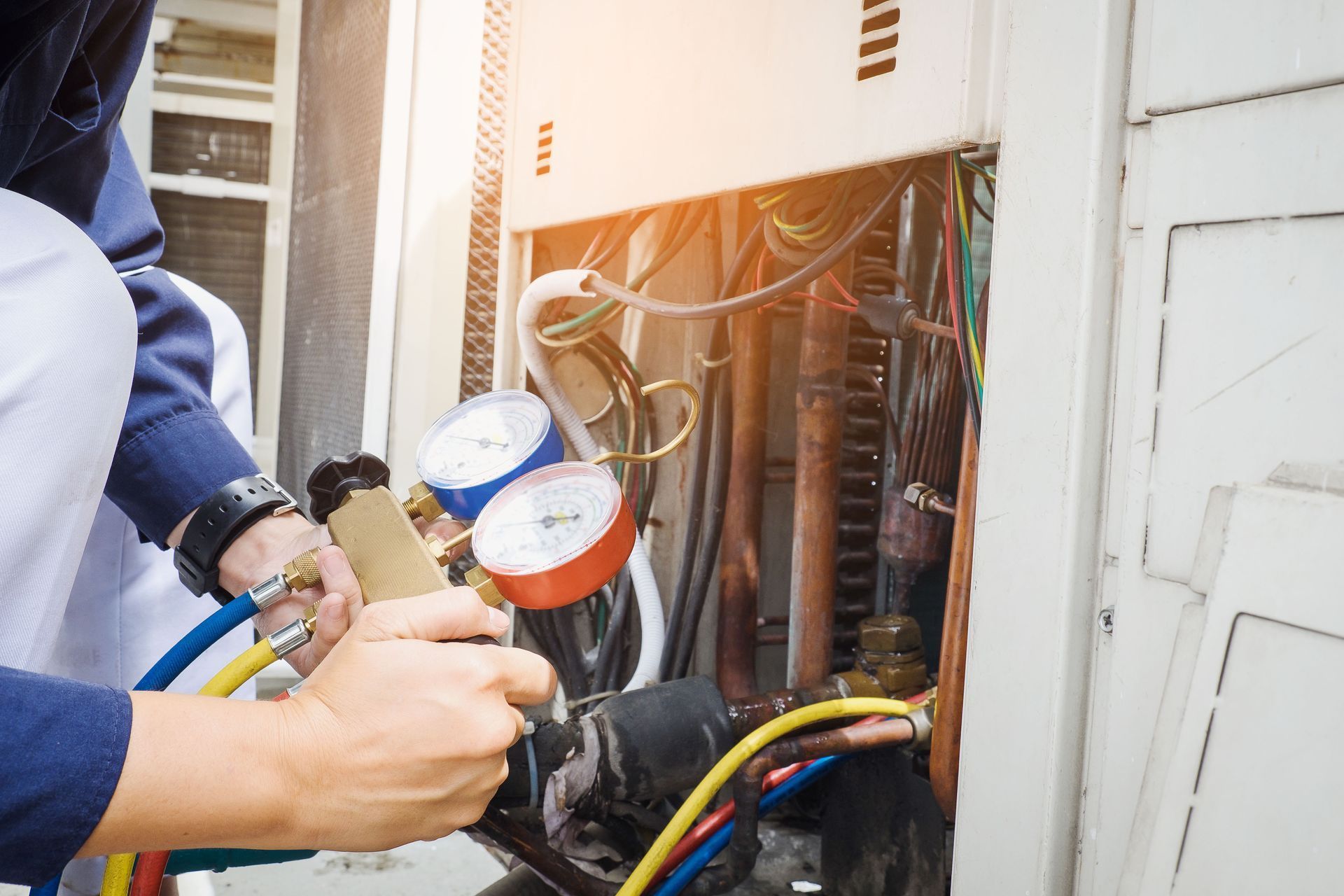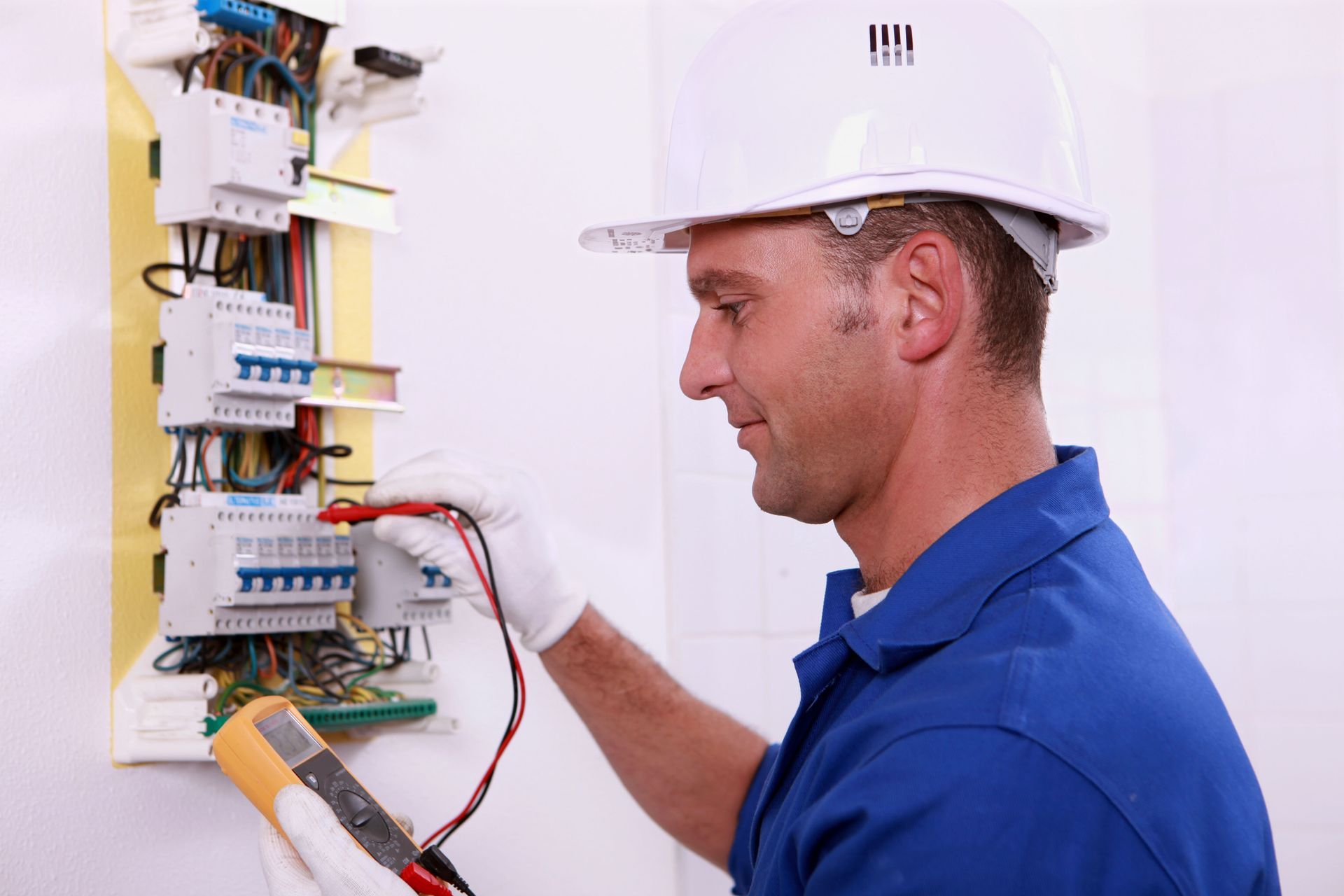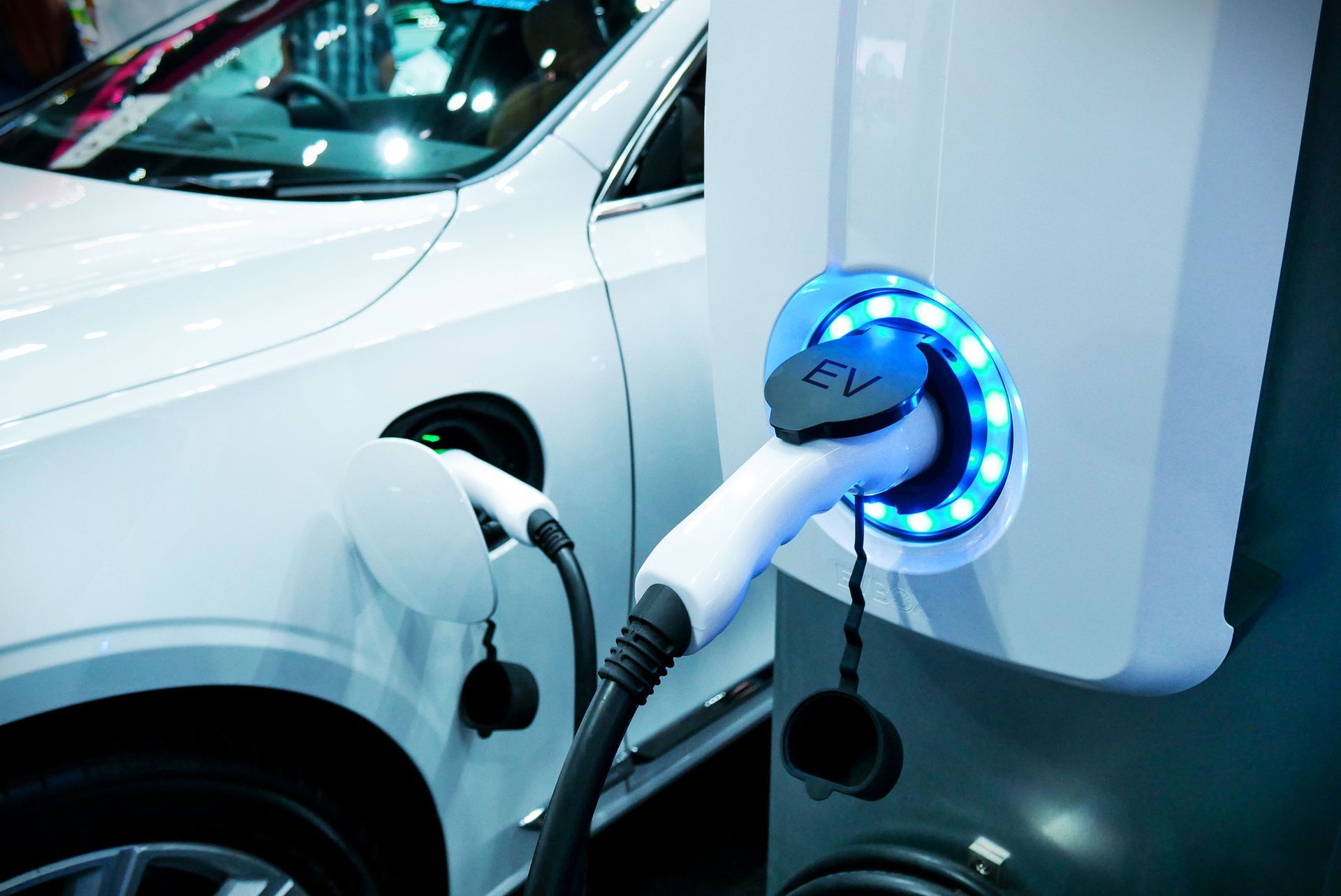July 25, 2025
In this blog, we delve into the critical aspects of electrical panel upgrades, exploring the reasons you might need one and the benefits they provide to homeowners and businesses alike. Understanding when an upgrade is necessary and what it entails can significantly enhance safety, improve energy efficiency, and accommodate future power needs.
The Function of Electrical Panels
Electrical panels, or breaker boxes, serve as the central point for distributing power throughout a home or building. They divide incoming electricity into various circuits, each protected by a breaker designed to prevent overloads and electrical faults. This system ensures safe power delivery and provides a convenient location for maintenance or emergency shut-off. As modern properties rely more heavily on electrical systems, the functionality and efficiency of panels have become increasingly vital.
These panels receive energy from a utility source and route it where needed, lighting, appliances, HVAC, and more. If demand exceeds what the panel can handle, the breakers trip to stop current flow and prevent fires or damage. Over time, panels must keep up with newer, high-powered appliances, home additions, or the integration of renewable energy sources. That's where electrical panel upgrades become essential.
The Key Components of Panels
Inside any electrical panel are several critical parts: the main breaker, individual circuit breakers, bus bars for distributing power, and neutral/grounding bars for stabilizing electricity flow. The protective cover ensures safety by shielding users from live components. Panel labeling makes it easier to locate and manage circuits, especially in emergencies or during maintenance. According to the National Center for Biotechnology Information, approximately 400 deaths per year result from high-voltage situations, highlighting the importance of safety surrounding electrical panels.
Panels also vary by type. Main breaker panels serve as the primary control point, while subpanels distribute power across specific areas or detached structures. Tandem and quad panels are space-saving options. Combination panels can support generators or solar power integration, offering advanced functionality. As electrical demands rise, choosing the right type becomes vital for safety and future scalability. Many households today require solar-ready or smart panel configurations, particularly those investing in eco-friendly upgrades or home automation.
The Signs You Need an Uprade
Frequent breaker trips are often the first sign your panel may need attention. These interruptions usually occur when appliances demand more electricity than the panel can handle. If this happens regularly, it suggests the system is overburdened and unsafe. Modern households equipped with EV chargers, home offices, or high-powered kitchen appliances often find that older panels simply cannot keep up with demand.
In addition, if your home still operates on a fuse box or an outdated panel installed more than 30 years ago, it's likely no longer compliant with modern codes or safety standards. These older systems may lack the circuit capacity needed for today's appliances or fail to integrate with renewable energy sources. In such cases, electrical panel upgrades aren't just beneficial, they're necessary to maintain efficiency and avoid fire hazards.
The Factors that Impact Performance
in our experience, most electrical panels last 20 to 40 years. However, that timeline can shrink based on environmental conditions like humidity, dust, or temperature extremes. Improper installation or use of subpar components can also accelerate deterioration. As panels age, they may develop rust, show signs of burning, or exhibit inconsistent performance—clear warnings that a replacement is overdue.
Older panels also lack modern safety enhancements. Even if your panel still works, it might not meet current building codes or protect against newer risks like arc faults or ground faults. For this reason, even seemingly functional panels should be assessed by licensed electricians every few years. When outdated, an upgrade can vastly improve home safety and energy flow.
The Influences on Safety at Home
Electrical panel upgrades are one of the most effective ways to enhance overall safety in a home. Older panels can overheat or fail to trip during a fault, increasing the risk of electrical fires. Newer systems come with more sophisticated breakers, better load management, and even smart capabilities that allow for real-time energy tracking. By investing in an upgrade, homeowners eliminate risks and support safe energy usage throughout their property.
Efficiency also sees a boost. Upgraded panels reduce the chance of power interruptions and energy loss. Appliances run more consistently, and voltage stays stable, extending the lifespan of expensive equipment. This is especially true for HVAC systems, refrigerators, and EV chargers. With more circuit capacity, your home can support modern technology without the hiccups associated with an outdated panel.
The Ways Technology Effects Performance
Today's electrical panel upgrades often include smart systems with Wi-Fi integration, energy monitoring, and automation compatibility. These allow users to track usage, detect faults remotely, and reduce consumption during peak hours. Some smart panels even alert homeowners to potential issues before they escalate, minimizing downtime and improving safety protocols.
Many newer panels also support dual meter configurations, particularly beneficial for homes using solar power. This enables net metering, sending excess energy back to the grid for credit. Such features are invaluable as sustainability and smart living become more common. As a result, modern panels are no longer just circuit distributors, they're part of a larger ecosystem of energy management.
The Common Problems Solved by Upgrades
A common issue many homeowners face is limited circuit space. Older panels simply weren't built to accommodate the number of appliances found in modern homes. If you're relying heavily on power strips or extension cords, it's a sign your system is overtaxed. Upgrading to a larger panel with additional circuits eliminates the need for makeshift solutions and improves safety.
Another problem is inconsistent power, where lights flicker or appliances shut down randomly. These symptoms often point to voltage drops or a panel unable to distribute power efficiently. Upgraded systems correct these issues, creating stable voltage output and reducing fluctuations that damage electronics over time.
The Financial Benefits of Upgraded Panels
While electrical panel upgrades require an upfront investment, they deliver long-term savings. First, they minimize the risk of costly electrical fires and equipment damage. Second, more efficient power distribution reduces energy waste, potentially lowering monthly utility bills. Smart panels even allow you to shift high-energy usage to off-peak times, trimming costs further.
Additionally, homes with modern panels have increased resale value. Many buyers are willing to pay more for a property that won't require an immediate electrical overhaul. Upgraded panels also make it easier to install additional improvements like central air systems, hot tubs, or electric vehicle charging stations, further increasing property value and utility.
The Right Panel for Your Home
Not all panels are created equal. Reputable brands rank high in safety and performance. These manufacturers offer features such as compatibility with smart home systems, solar power readiness, and improved safety certifications. Communicate your family's needs with your electrician, and ask for their recommendations.
Your choice should align with current needs but also allow for future expansion. For example, if you plan to add a home office, workshop, or electric vehicle in the coming years, select a panel that can accommodate that extra demand. Consulting with a licensed electrician can help you choose the appropriate model and size based on your home's specific requirements.
The Flow of the Upgrade Process
The process begins with an inspection and load calculation. This determines how much power your home uses and whether your current setup is sufficient. If not, your electrician will recommend a panel rated for higher amperage. Installation typically takes one day, during which power is shut off temporarily.
The technician will remove the old panel, install the new unit, and connect existing circuits. Once installed, the new system is tested for safety and compliance. After a successful inspection, your home will be back online with a safer, more efficient power distribution system. It's important to use licensed professionals to ensure proper permitting and code adherence.
The Plan for Your Home's Future
Investing in an upgrade now can save you from expensive repairs or hazardous situations later. With rising energy demands and the growing role of technology in our homes, electrical panel upgrades are no longer optional; they're an essential part of home maintenance and modernization. Whether you're renovating, adding solar panels, or simply running into electrical issues, an upgraded panel supports all your evolving needs.
More than just a home improvement, this upgrade is a proactive investment in your property's safety, efficiency, and resale value. With the right panel in place, your home is better prepared for whatever the future brings, from smart appliances to green energy solutions. For a quality, dedicated electrician committed to customer service, contact Nordeast Electric today!
